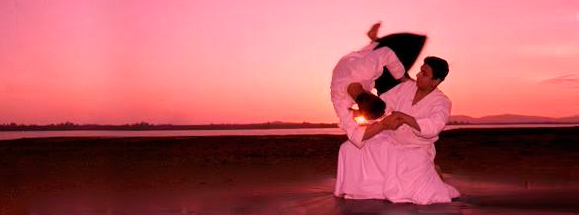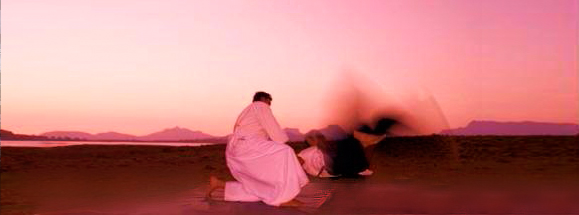Jujutsu is said to be the martial art of intellectuals, Jujutsu was the base of all unarmed combat taught to the elite Samurai in feudal Japan, with both Judo and aikido having being born from juijutsu, this original martial art of the Samurai has many lethal and highly effective, bone breaking, restraining as well as killing techniques, Mehul Vora is a personal student of Kancho Julio Toribio founder of the Seibukan Jujutsu Renmei, the core principal of jujutsu is to use the opponents force against him.
Jujutsu is as old as the Samurais and Japan itself, used as a form of combat training for samurai warriors, traditional Seibukan Jujutsu schools had many facets of training which included armed as well as unarmed combat, the history of Jujutsu can be traced back to the Emperor Seiwa, who, legend has it, won his throne when his sumo champion defeated his elder brother's champion. The actual founder of the art is said to have been Seiwa's descendant Shinra Saburo Minamoto no Yoshimitsu [1045-1127], who lived in a mansion known as Daito, hence the name Daito-ryu. The art was then handed down through his descendants, the Takeda family of Kai Province (modern-day Yamanashi Prefecture), until that family's destruction five years after the fall of the most famous member, General Takeda Shingen, in 1573. A distant relative of Shingen's, Kunitsugu, made his way to Aizu in 1644, where he was taken on as a karo (senior councilor) under the Aizu lord Hoshina Masayuki [1611-1673], son of the second Tokugawa shogun, Hidetada. Daito-ryu tradition asserts that Kunitsugu taught his family's secret techniques to his lord Masayuki, who combined them with the principles of court etiquette that he had learned, into a system of self-defense for use within the palace. This amalgamation, together with the Itto-ryu Hoshina later studied, became the basis for the martial arts training of the succeeding lords of the Aizu clan, as well as for its highest ranking members.
The original Takeda family art continued to be passed down in secret within the family itself, eventually to Sokaku's grandfather, Soemon, where the earliest written lineages in Sokaku's mokuroku end. Presumably, however, Soemon then taught Sokichi, who in turn taught his own son, Sokaku.

One of Sokaku Takedas most notable students was Ryuho okuyama who founded the Hakko Ryu system of Jujutsu in 1941 Hakko Ryu is a rather young martial art. Its teaching methods are guided by the traditional methods of Japanese martial arts schools (Ryu). Other than most Jujutsu styles that are more physical the founder of Hakko Ryu, Ryuho Okuyama, developed special techniques that allow controlling attackers without necessarily injuring them severely.
Okuyama also studied eastern medicine which inspired him developing techniques that are not mortal but very effective. They allow you to gain full contol over the attacker without the use of much physical strength.
The main difference between modern Aiki techniques and the traditonal Hakko Ryu techniques is only apparent to experienced budokas who studied both styles. The best way to describe it would be that Aiki techniques are rather very round in motion to get your opponent out of balance whereas Hakko Ryu teaches how to be most efficient with "Atemi" (shock punches), throws, wrist locks and by using preassure points. Hakko Ryu techniques are very human but they can be used as dangerous weapon if necessary.
The name "Hakkoryu" is based on a philosophical Japanese view of the color spectrum as being divided into nine bands of light. The eighth shade is infrared, which is invisible to the naked eye but extremely powerful, as are Hakko Ryu Ju Jutsu techniques.
One senior student of Ryuho Okuyama is Kancho Julio Toribio founder of the Seibukan Jujutsu Renmei, he was the senior Teacher and examiner of Hakkoryu Jujutsu till the passing away of Ryuho Okuyama soke, currently Kancho is promoting Seibukan Jujutsu all over the world and is also the teacher and of Soshihan Mehul Vora.
|



